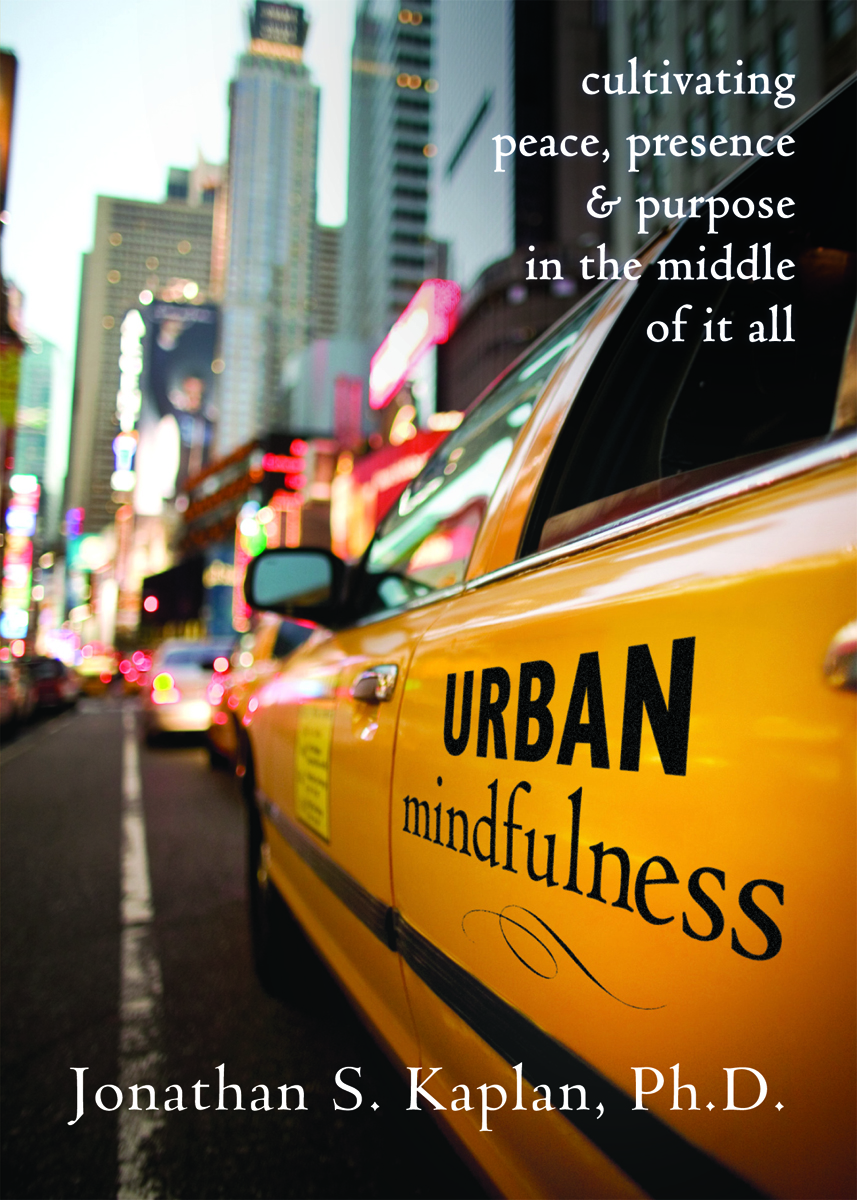Friday
Aug062010
What's in Waiting?
 Friday, August 6, 2010 at 03:47PM
Friday, August 6, 2010 at 03:47PM
By Jennifer Egert, Ph.D. 
There is lots of waiting in city life. Waiting on line at the grocery, waiting for the train, waiting for a table to free up, waiting for the light to turn green. And then there are bigger waits. Waiting for the weekend to start. Waiting for vacation to begin. Waiting for a new birth, or word of a new job or new business opportunity. Waiting for test results. Waiting for that all important letter or phone call.
I’ve been feeling like I am waiting a lot these days... in a holding pattern. A bunch of potential decisions, news, possible changes on the horizon but not quite there yet. It seems like everything is about getting to that “next step” rather than being with what is here right now. So it makes me wonder, what is happening during all that waiting? Is there something to learn, so see in the waiting? You’d think so, right?
The other day, while I was waiting yet again… I decided to Google Mary Oliver Quotes. Mary Oliver is a beautiful poet with a clearly mindful presence whose words often help me in a variety of moments. I came across this gem:
"Instructions for living a life.
Pay attention.
Be astonished.
Tell about it."
-Mary Oliver
This stopped me for a moment, forced me to pay attention and ask the question, "what is astounding me at this moment?" I realized that despite the whirlwind of major life events and the related waiting for some end results, somehow, for a brief moment yesterday, just calm. I was at peace and very, very present. Something let go and allowed the uncertainty to just swirl around a centered, quiet core. I was astonished by that. I was grateful for it too.
So, the last step as per Mary Oliver's instructions: "Tell about it." So here I am... telling about it. I also put Oliver's words out to some friends who in turn shared their moments of astonishment in recent days. Astonishment of their kids swimming abilities, astonishment of people's acts of kindness, of generosity of bravery and humility and communality. All of this life going on while I had been caught up in waiting.
Yes, there is a lot in waiting. Perhaps more than in getting to the destination. We just need to pay a little more attention.

There is lots of waiting in city life. Waiting on line at the grocery, waiting for the train, waiting for a table to free up, waiting for the light to turn green. And then there are bigger waits. Waiting for the weekend to start. Waiting for vacation to begin. Waiting for a new birth, or word of a new job or new business opportunity. Waiting for test results. Waiting for that all important letter or phone call.
I’ve been feeling like I am waiting a lot these days... in a holding pattern. A bunch of potential decisions, news, possible changes on the horizon but not quite there yet. It seems like everything is about getting to that “next step” rather than being with what is here right now. So it makes me wonder, what is happening during all that waiting? Is there something to learn, so see in the waiting? You’d think so, right?
The other day, while I was waiting yet again… I decided to Google Mary Oliver Quotes. Mary Oliver is a beautiful poet with a clearly mindful presence whose words often help me in a variety of moments. I came across this gem:
"Instructions for living a life.
Pay attention.
Be astonished.
Tell about it."
-Mary Oliver
This stopped me for a moment, forced me to pay attention and ask the question, "what is astounding me at this moment?" I realized that despite the whirlwind of major life events and the related waiting for some end results, somehow, for a brief moment yesterday, just calm. I was at peace and very, very present. Something let go and allowed the uncertainty to just swirl around a centered, quiet core. I was astonished by that. I was grateful for it too.
So, the last step as per Mary Oliver's instructions: "Tell about it." So here I am... telling about it. I also put Oliver's words out to some friends who in turn shared their moments of astonishment in recent days. Astonishment of their kids swimming abilities, astonishment of people's acts of kindness, of generosity of bravery and humility and communality. All of this life going on while I had been caught up in waiting.
Yes, there is a lot in waiting. Perhaps more than in getting to the destination. We just need to pay a little more attention.
tagged  astonishment,
astonishment,  awe,
awe,  standing in line,
standing in line,  waiting in
waiting in  Awareness
Awareness
 astonishment,
astonishment,  awe,
awe,  standing in line,
standing in line,  waiting in
waiting in  Awareness
Awareness 




